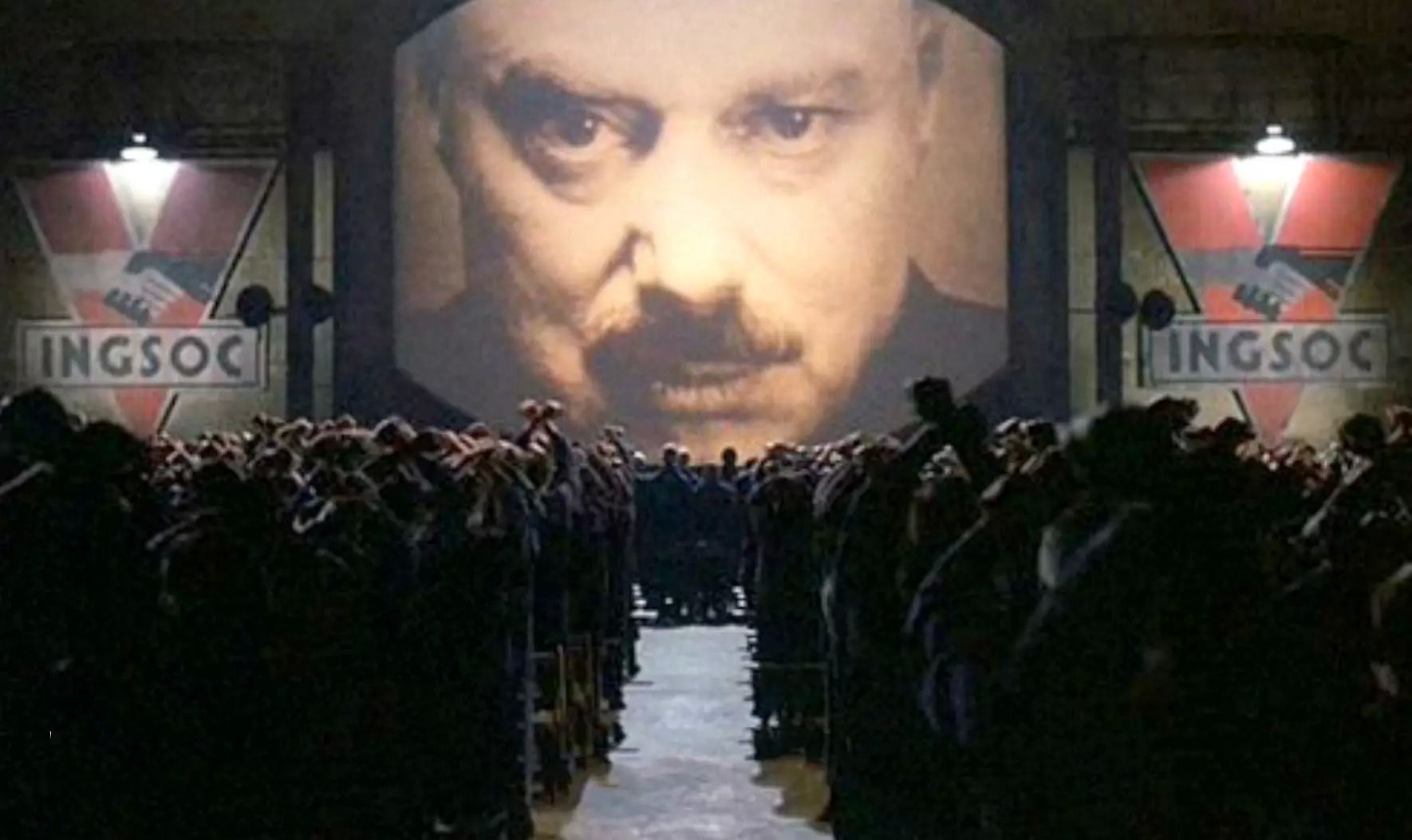Measured workspace: Big Data or Big Brother?

Companies now have more data on employees than ever in the history and analysis of big data (big data) rather quickly enters the practice of HR. There is nothing new in the analysis of personnel work, but the scale of the data collected and analyzed goes beyond the limits of the norms.
Sociometric Solutions inserts sensors into employee badges that record social activity in the workplace. Sensors report how the employee moved around the workplace, with whom he spoke and even used the tone of voice during communication. Analyzing the data obtained from these smart badges, Bank of America noticed that the top most productive employees from the call center are those who go on breaks together. They introduced group break rules and performance improved by 23 percent. In another company, Humanscale, they built sensors into office chairs, desks, and computers and offer their OfficeIQ system to companies to monitor work activity. For example, how long the employee spent sitting or standing at his desk, as well as how long they were absent.
In Ireland, in the Tesco grocery chain, warehouse workers wear wristbands that record which items they take from the shelves, distribute tasks, and even predict the end time of the task. In other areas, including healthcare and military, wearable gadgets can determine fatigue, which can be dangerous for an employee and the work he does.
')
Fujitsu recently released the Ubiquitouswear business package, which can collect and analyze data from accelerometers, barometers, cameras and microphones to measure and monitor people at work. For example, data such as temperature, humidity, movement, and pulse can determine when a worker is experiencing too much heat stress. The system can also determine the location, posture and movement of the human body to fix the fall, track the location or calculate the physical load on the body.
External monitoring is compared with data obtained using trackers like Fitbit. The data has already shown that workers involved in health programs show a significantly small increase in the cost of health compared to those who did not participate in such programs. At the moment, the employer does not have access to the medical records of the employee, but this time may be just around the corner. One day, your boss may take you aside to discuss your level of stress or too many hours you spent at your desk.
As the world becomes more and more digital, endless possibilities are opening up for companies to monitor their staff. Most of the actions that we do during a normal working day already generate a lot of data: we send and receive mail, make phone calls and work with equipment. But soon there will be even more sources of information and ways to collect it: using cameras, sensors, or crowdsourced data to measure every aspect of someone’s or individual productivity.
Should companies use this data to control us? And in general, is it ethical to treat us like copying machines or routers? One of the vendors, Cornerstone onDemand, believes it can help companies predict and increase employee productivity. Its analytical software is able to take control of half a billion points of employees from around the world to identify patterns and make predictions about the hiring and performance of employees.
This type of analysis can be used to determine the most successful recruitment channels or identify key employees that the company risks losing. But my concerns are that companies will spend more time analyzing data that they can easily get. For example, how much time we sat on a chair or with how many people talked, instead of getting more meaningful indicators of what we did while sitting and the quality of our communication with others.
Article translation: The Quantified Workplace: Big Data or Big Brother?
Source: https://habr.com/ru/post/291540/
All Articles